The following article was originally presented as an address before the Iran America Society in Tehran on April 21, 1948. William James Durant, the American writer and philosopher provides a quick but very insightful review of Persian cultural history and its influence on history of human civilization.
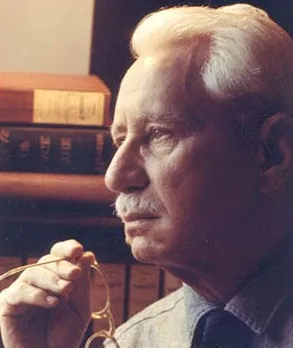
William James Durant was an American writer, historian, and philosopher. He is best known for The Story of Civilization, 11 volumes written in collaboration with his wife, Ariel Durant, and published between 1935 and 1975.
To have known Arthur Upham Pope is one of the ennobling experiences of my life; I have not found in any other man so profound a devotion to beauty and truth; he was a very saint among scholars; he, more than all others, revealed Persia [Iran] to me and one of my dearest ambitions is to bring to a larger audience the amazing revelation that he has given the learned world of Persia’s inexhaustible art.
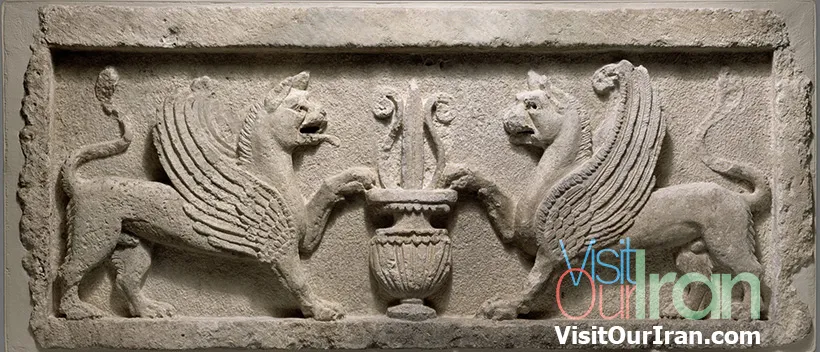
Asked to comment briefly on Persia in The History of Civilization, I have very reluctantly consented, for it is incredible that I should be able to reveal to so learned an audience any new aspect of Iran’s fascinating culture and career. Listening to the patient and erudite exposition given by Mehdi Bahrami while he guided us through the collections in Iran’s beautiful Archaeological Museum, I felt more deeply than before the antiquity of this culture, and its success in stamping its own exquisite quality upon every alien force that has entered this land.
For thousands of years Persians have been creating beauty. Sixteen centuries before Christ there went from these regions or near it-from Aryana Vaieho, or Old Iran-the migration that poured new blood into northern India. From that new blood came the noble Sanskrit language, so nearly kin to your own melodious speech; from that fusion came the Vedas, the Upanishads, and Buddha. You have been here a kind of watershed of civilization, pouring your blood and thought and art and religion eastward and westward into the world. From the Avesta of your ancient faith came not only a hundred influences upon Judaism, Christianity, and Muhammadanism, but one of the highest moral philosophies of all time-the conception of life as struggle between light and dark-ness, truth and falsehood, good and evil, and the command to men to enlist in the fight for light, and help Ahura Mazda win that great battle whose cosmic scope and vast duration gave to the individual life a meaning, a value, and a nobility that could not be crushed by death.
I need not rehearse for you again the achievements of your Achaemenid period. Then for the first time in known history an empire almost as extensive as the United States received an orderly government, a competence of administration, a web of swift communications, a security of movement by men and goods on majestic roads, equaled before our time only by the zenith of Imperial Rome. The decay of that Achaemenid Empire after Marathon and Salamis was a tragedy for civilization; and yet, when Alexander came, 150 years later, he was so impressed by the culture and courtesy of the Persians, the refinement and grace of then-lives, and not least by the beauty and modesty of their women, that he abandoned all notion of conquest, proposed a union of Greek and Persian blood and civilization, and set an example to his soldiers by marrying Persian wives. I should be happy if the narrow morals of my own rearing would permit me to follow his example.
In some ways the Seleucid dynasty realized Alexander’s dream of uniting Greek and Persian cultures into one complex civilization. The entry of Rome and its armies into Asia disturbed that fusion; and throughout the Parthian period Persia had to spend its forces, as now, on the preservation of its national independence against external pressure or aggression. The Sasanian kings almost recaptured the glory of Achaemenid days; once again there were great rulers, orderly government, artistic creation; every material, from the most delicate textiles to the strongest iron or bronze, received the impress of skillful workmanship and subtle design; and now took form many of the decorative motives that were to influence Byzantine orna-ment, and came to fullest flower in Persian Islam.
The Arab Conquest disturbed the continuity of your cultural development. But hardly a century passed before the Abbasid revolution marked, or allowed, the victory of Persia over her conquerors; Persia did to the Arabs what Greece had done to Rome. The Shi’a faith rewrote the Muhammadan religion for the Persian people. Grammarians, lexicographers, historians, rose as if from the dead, and prepared the way for a literary renaissance. In the fourth century of your era ten large catalogues were required merely to list the books in the public library at Rayy; about 550 H. Merv had ten libraries, one of which contained 12,000 volumes. As early as the third century of the Muslim era you were producing great historians like al-Tabari; and 900 years ago a Persian scholar, Ibn Miskawayh, wrote what I am now trying to write in too brief a life-a universal history from the point of view of philosophy.
About 197 H. Khwarazmi, a Persian of Khiva, introduced the Hindu numerals into Persia, whence they spread through Islam to the West to become our “Arabic” numerals. On the cars that I saw in Baghdad both sets of license numbers were Arabic, though few Iraqis or Europeans there realized it. The same Khwarazmi practically established the science of algebra, and gave it its name-al-jabr, integration, completion. He formulated the oldest known tables of trigonometry. By general consent of even European historians like George Sarton or David Smith, Khwarazmi was the greatest of mediaeval mathematicians.
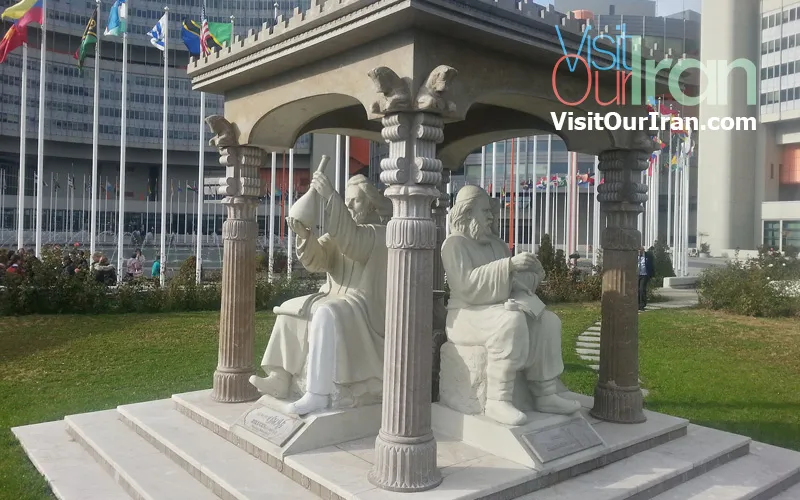
A still greater scientist, a savant of astounding range, was also born near Khiva, about 362 H.-Muhammad Biruni, the Leonardo and Leibnitz of Islam. He was a mathematician, an astronomer, a geographer, a linguist, an historian, a poet and a philosopher; and he did original work in all these fields. The princes of Khwarazm, Tabaristan, and Ghazni competed for the honor of sheltering him at their courts. You know the story of the traveler who told Mahmud that he had seen a land on which the sun never set for months at a time. Mahmud thought that the traveler was making fun of him, and ordered his execution; Biruni saved the traveler’s life by explaining to Mahmud the midnight sun of the north polar regions in our summer, and of the south polar regions in our winter. Al-burins Tank al-Hind-Inquiry into India-is the greatest work of objective scholarship in all mediaeval literature. He took for granted the sphericity of the earth, measured with amazing accuracy the inclination of the ecliptic-the angle between the equator and the orbit of the sun’s apparent motion around the earth. He expounded gravitation, and remarked that all known astronomical phenomena could be explained by supposing that the earth revolves daily on its axis, and annually around the sun.
As Biruni was the greatest of mediaeval scientists, so Razi (born c, 220 H.) was the greatest of mediaeval physicians. His picture hangs in the School of Medicine at the Uni-versity of Paris, along with that of Ibn Sina. Ibn Sina, whom Europe calls Avicenna, was, quite deserving it, more famous than Razi as a writer on medicine; but deserved his fame as the greatest of mediaeval philosophers. Born near Bukhara about 380 H., he lived at Khiva, Gurgan, Hamadan, and Isfahan. His Qanun of medicine, translated into Latin, displaced both Razi and Galen, and was used as a text in the universities of Montpellier and Louvain till our seventeenth century. The Astor Library in New York has a precious copy 300 years old; I was allowed to study it, but could hardly carry it from shelf to desk- a thousand double-columned pages as large as those of your great Qur’ans. Even vaster, running to eighteen volumes, was Ibn Sina’s Kitab al-shifa-a one-man encyclopaedia of science, philosophy and theology-the greatest intellectual achievement in all mediaeval history. Here and in Aristotle were the sources of Averroes and Maimonides, and even of Christian scholastic philosophy. Roger Bacon considered Avicenna the greatest philosopher since Aristotle, and Thomas Aquinas quoted him repeatedly, with respect equal to that which he gives to Plato.
I know of no people in history-except possibly the Japanese-that has had so many poets as Persia. Harun al-Rashid’s favorite poet was the scandalous Persian, Abu Nuwas. The ShahnNameh of Ferdowsi is one of the major works of the world’s literature; and none of its rivals has ever been written, or illuminated, or bound, so beautifully as the magnificent Shahnamehs that are treasured in the museums and private collections of the world.
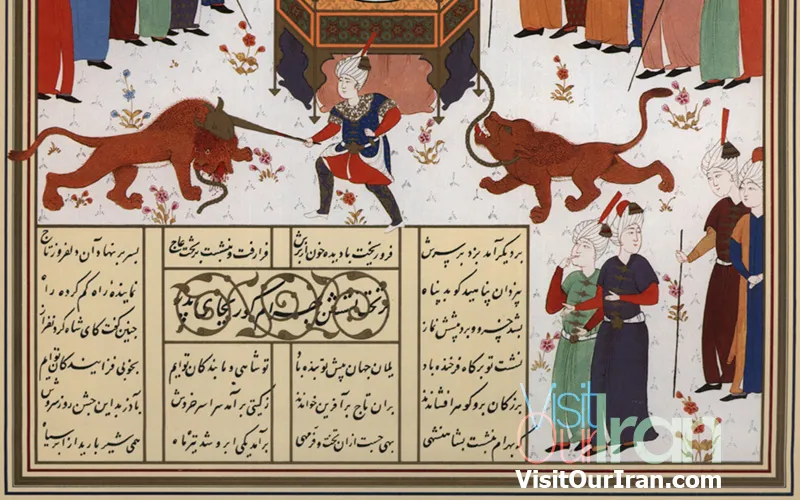
I have spoken so far only of Persia before the Seljuq ascendancy. I say nothing of the graceful glory of Persepolis, its mighty architecture and massive reliefs; nothing of your rock-cut reliefs, from Darius I to Shapur II; nothing of the scant remains that Turkish, Mongol, and Tartar raids have left of your art in the Abbasid period; yet Muqaddasi and other travel-ers ranked the mosques of Nishapur and Turshiz with the Umayyad mosque of Damascus. To your Seljuq conquerors you did as you had done to the Arabs-you transformed them from warriors into artists. “Seljuq architecture,” says Arthur Upham Pope, “is one of the classic manifestations of the human spirit.”
The Persian taste for graceful ornament united with the heroic mould of the Seljuq Turks to produce at Merv, and Hamadan, and Qazvin, and Isfahan an architectural flowering as remarkable as, and contemporary with, the Gothic efflorescence in France. In Persia and other lands of the Near and Middle East the elements of Gothic architecture in pillar and pointed arch, vault and dome, took definite form, and, in the Seljuq masterpieces, achieved perfection and unity. And in that Seljuq age ceramics became a major art; architecture became at times an appendage to pottery; and the tiles of Rayy and Kashan, the lustered decoration, faience, and glass of these and other Persian cities-Tabriz, Sultanabad, Damghan, Nisha-pur-brightened the face and walls of a hundred mosques and a thousand palaces. And on the walls, and under men’s feet, were Persian rugs such as even Persia cannot make today. “All the paintings of the Italian Renaissance,” said an American painter, John Singer Sargent, “are not worth one Persian rug.”
Your most famous poet belongs to the Seljuq age. Omar Khayyam, of course, was above all a scientist, whose quatrains were the casual amusement of one whose greatest pleasures were mathematics and astronomy; do not take too seriously his paeans to wine. His proposed reformation of the Persian calendar was more accurate than Europe’s present Gregorian calendar; this errs by a day in 3,330 years, Omar’s by a day in 3,770 years. I mourn that I shall not see his tomb in Nishapur, nor the artistic wealth of Mashhad; nor shall I see the little town near Tiflis where Nizami sang of Layla and Majnun; nor the shop in Nishapur where Attar sold perfumes. But I trust that I shall see Shiraz, and thank it for Sa’di and Hafez.
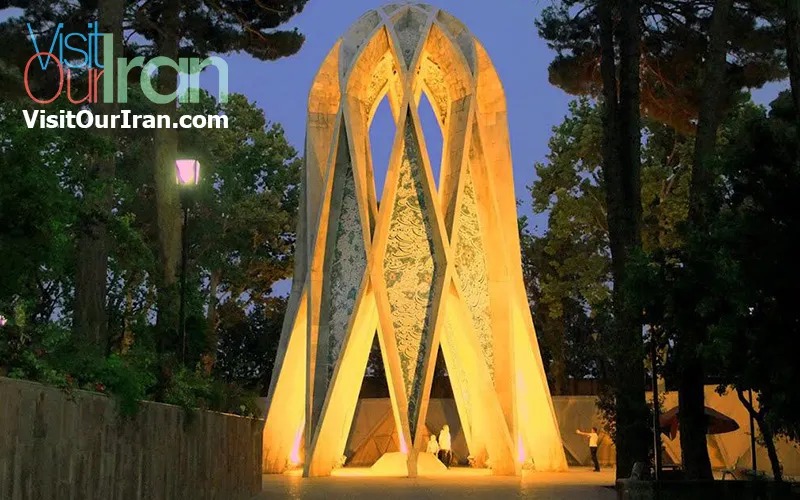
“I mourn that I shall not see his tomb in Nishapur” Durrant
The Mongols came upon all this glory and laid it waste; ruined the canals that watered your soil, and the libraries that nourished your souls; and you repaid them by turning them, too, into lovers and creators of art. Tabriz grew rich on the trade that flowed between the Mongol lands of the East and the cities on the Black Sea; probably along this route the Mongols brought from China the art of printing; Tabriz used the art to print paper money in A.D. 1294. I need not tell you of the great mosques that rose and fell at Tabriz; of the famous observatory at Maragha, near Tabriz, where Hulagu in 1259 brought together the leading astronomers from the Chinese to the Islamic worlds, under the leadership of Nasir al-Din Tusi; of the brief magnificence of Uljaitu’s Sultaniyeh, and the university city built just south of Tabriz by the great prime minister, Rashid al-Din, at the opening of the fourteenth century of the Christian era, “There is no greater service,” wrote this vizier, rivaled in Islam only by Nizam al-Mulk, “than to encourage science and scholarship … to make it possible for scholars to work in peace of mind without the harassments of poverty.”
In your great Archaeological Museum I saw some of the few surviving works of Rashid al-Din as historian, and mourned that no book of this century would ever be written or illustrated so beautifully. One could almost forgive the ravages of the Mongols for the art of illumination that prospered under their patronage. In those centuries, patient and subtle fingers made the loveliest books that the world has ever known. These men knew printing, but would not use it for their books; and the best printed books of today are to an illuminated masterpiece of the Mongol age in Persia and Transoxiana what a Ford car is to the Parthen-on. “Imagination,” said a Persian poet, “cannot grasp the joy that reason draws from a fine-drawn line.” I do not know which, in these great manuscripts, is fairer-the illumination or the text; only Chinese and Japanese can rival the Arabic script as works of calligraphic art. To my perhaps untutored taste the inscriptions that label the objects in your Archaeological Museum are among the loveliest things in these bright halls.
But I must not continue this reckless leaping from peak to peak of your cultural history. Forgive me for talking so long. But I have learned to love your poetry, your art, your man-ners, your spirit; I wish the years might be given me to study your achievements more fully, and to do them justice in my history. But I shall do what no Christian author has ever done -give to Islamic culture almost a third of all the space in my volume on mediaeval civilization. My Christian readers will marvel at the length of my survey of mediaeval Islam; and Muslim scholars will mourn its criminal brevity.
Seldom has any society seen, in an equal period, so many illustrious figures in government, education, literature, philology, geography, history, mathematics, astronomy, chemistry, medicine, theology, and philosophy as in the four centuries of Islam between Harun al-Rashid and Averroes. In a sense this brilliant flowering was a recovery of the Near East from Greek domination; it reached back not only to the Persia of Darius but to the Judea of Solomon, the Assyria of Assurbanipal, the Babylonia of Hammurabi, the Akkad of Sargon, the Sumeria of unknown kings. So the continuity of history reasserts itself; despite earthquakes, epidemics, eruptive migrations, and catastrophic wars, the essential processes of civilization are not lost; some younger culture takes them up, snatches them from the conflagration, and carries them through imitation to creation, until fresh youth and spirit can join the fray.
As men are members of one another, and citizens are parts of a united state, so civilizations are units in a larger whole that we may only call history; they are stages in the life of Man. Therefore the scholar, though he belongs to his country through affectionate prejudice, feels himself also a citizen of that boundless realm, the international of the Mind; he hardly deserves his name if he carries political or racial distinctions into his studies; and he accords his grateful homage to any people that has borne the torch and enriched his heritage. So I do to you.
Want to learn more about the Persian history first-hand? Dream of visiting Iran’s hidden historical gems? Check out our in-depth cultural tours and dig deep into the enriched culture of Iran.